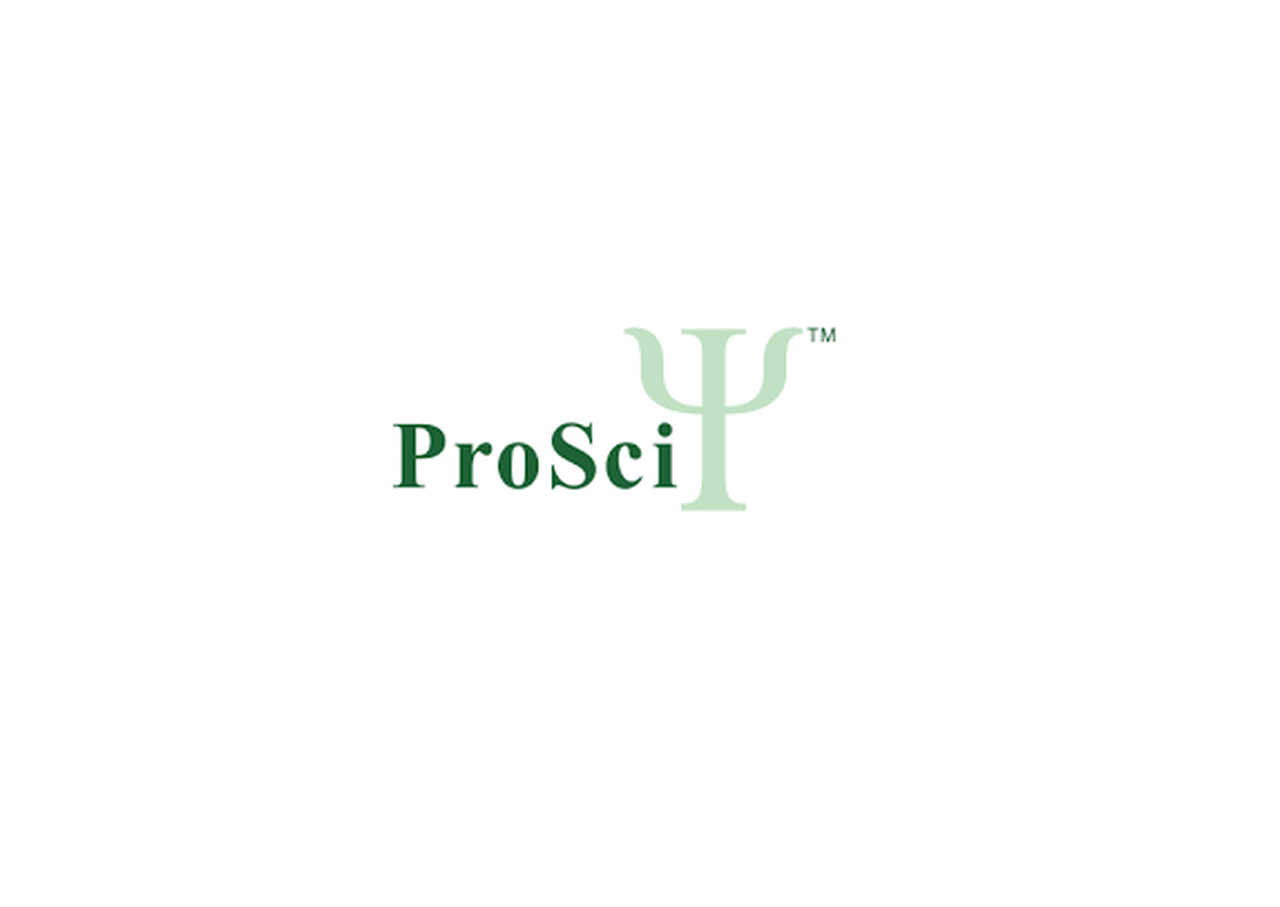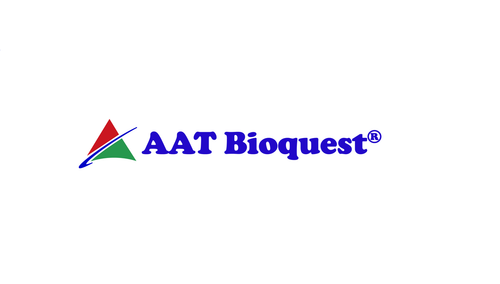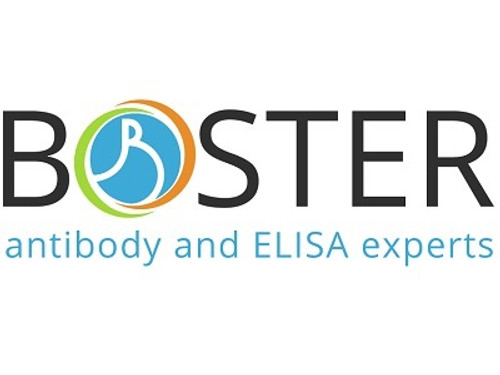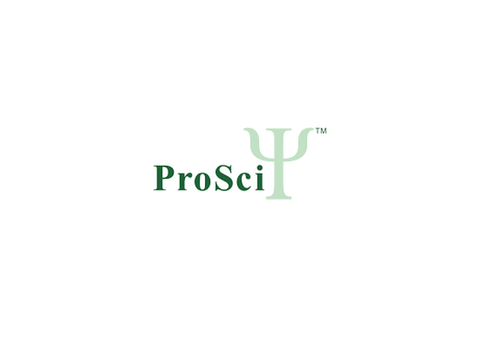Product Description
Tryptophan (phospho Ser58) Hydroxylase Antibody | XPS-1030 | ProSci
Host: Rabbit
Reactivity: Human, Mouse, Rat
Homology: N/A
Immunogen: TPH (Ser58) polyclonal antibody was raised against a synthetic phosphopeptide corresponding to amino acid residues surrounding the phosphoSer58 of TPH.
Research Area: Neuroscience, Phospho-Specific
Tested Application: WB
Application: Applications include Dot Blots (DB) and Western Blots (WB) . When internally tested under ideal conditions the working dilutions were 1:1000 for DB and WB.
Specificiy: Tryptophan Hydroxylase antibody is specific immunolabeling of the ~55k TPH protein phosphorylated at Ser58 in Western blots of human dorsal Raphe nucleus.
Positive Control 1: N/A
Positive Control 2: N/A
Positive Control 3: N/A
Positive Control 4: N/A
Positive Control 5: N/A
Positive Control 6: N/A
Molecular Weight: 55
Validation: N/A
Isoform: N/A
Purification: Affinity Purified
Clonality: Polyclonal
Clone: N/A
Isotype: N/A
Conjugate: Unconjugated
Physical State: Liquid
Buffer: N/A
Concentration: N/A
Storage Condition: For long term storage –80˚C is recommended, but shorter term storage at –20˚C is also acceptable as aliquots may be taken without freeze/thawing due to the presence of 50% glycerol. Stable for one year.
Alternate Name: N/A
User Note: Optimal dilutions for each application to be determined by the researcher.
BACKGROUND: Tryptophan hydroxylase (TPH) catalyzes the 5-hydroxylation of tryptophan, which is the first step in the biosynthesis of indoleamines (serotonin and melatonin) . In mammals, serotonin biosynthesis occurs predominantly in neurons which originate in the raphe nuclei of the brain, and melatonin synthesis takes place within the pineal gland. Although TPH catalyzes the same reaction within the raphe nuclei and the pineal gland, TPH activity is rate-limiting for serotonin but not melatonin biosynthesis. Serotonin functions mainly as a neurotransmitter, whereas melatonin is the principal hormone secreted by the pineal gland. The activity of TPH is enhanced by phosphorylation by cAMP-dependent protein kinase (PKA) and Ca2+/calmodulin kinase II (CAM K II) . Both PKA and CAM K II phosphorylate Ser58 which lies within the regulatory domain of TPH.
 Euro
Euro
 USD
USD
 British Pound
British Pound
 NULL
NULL










